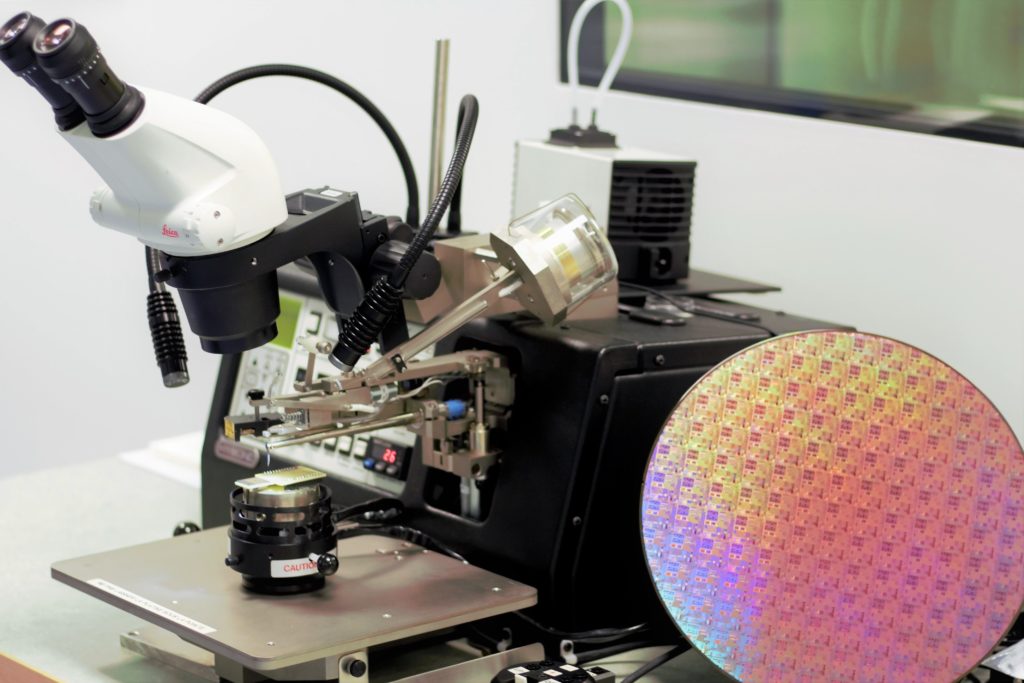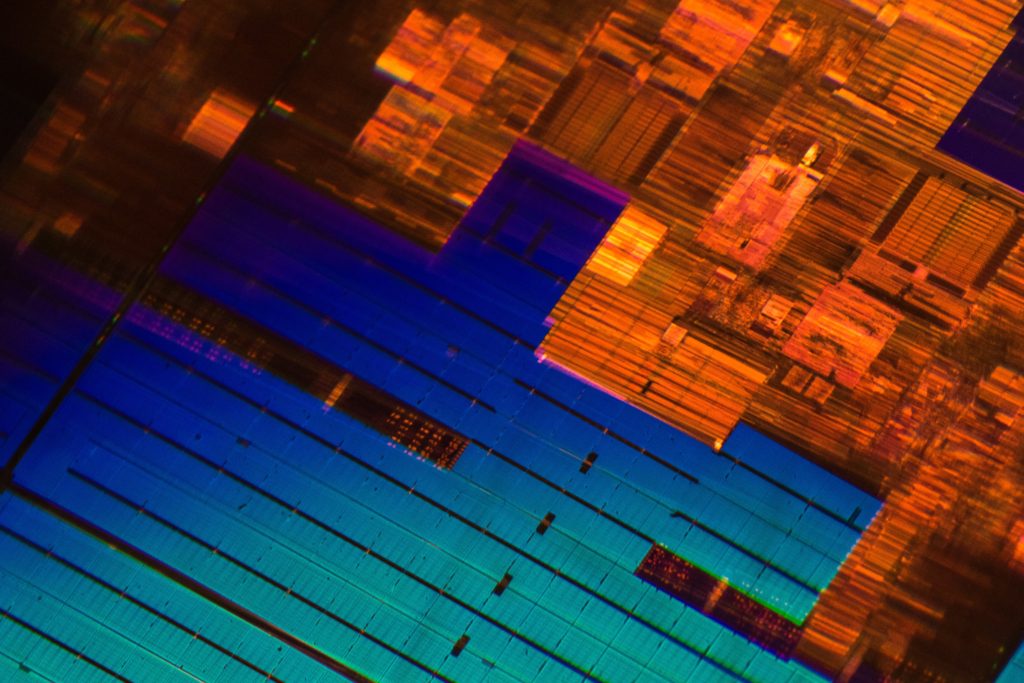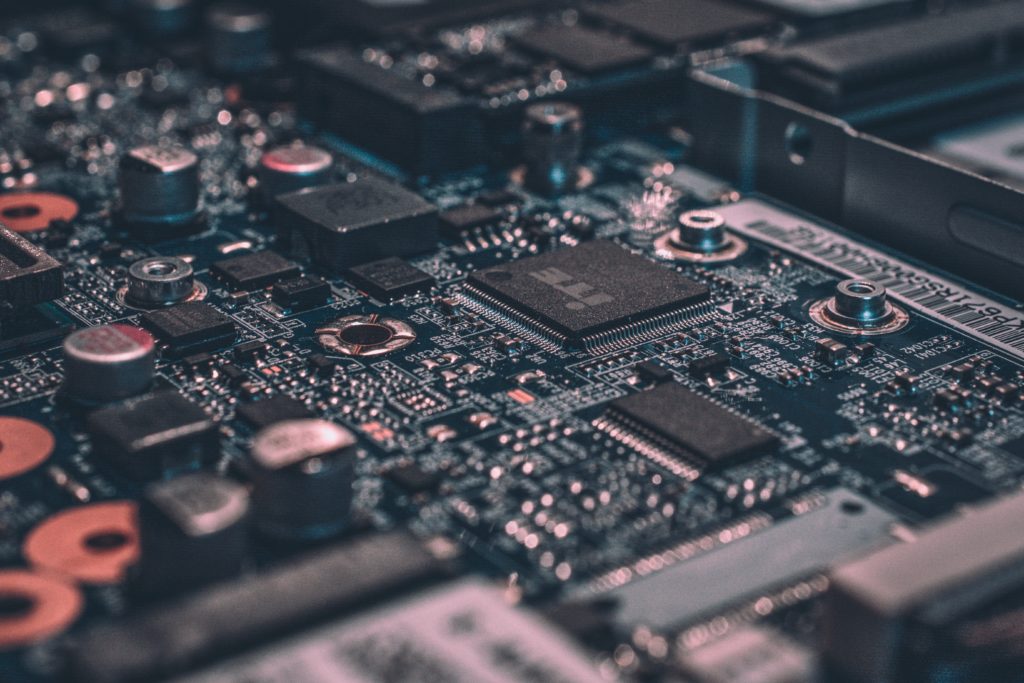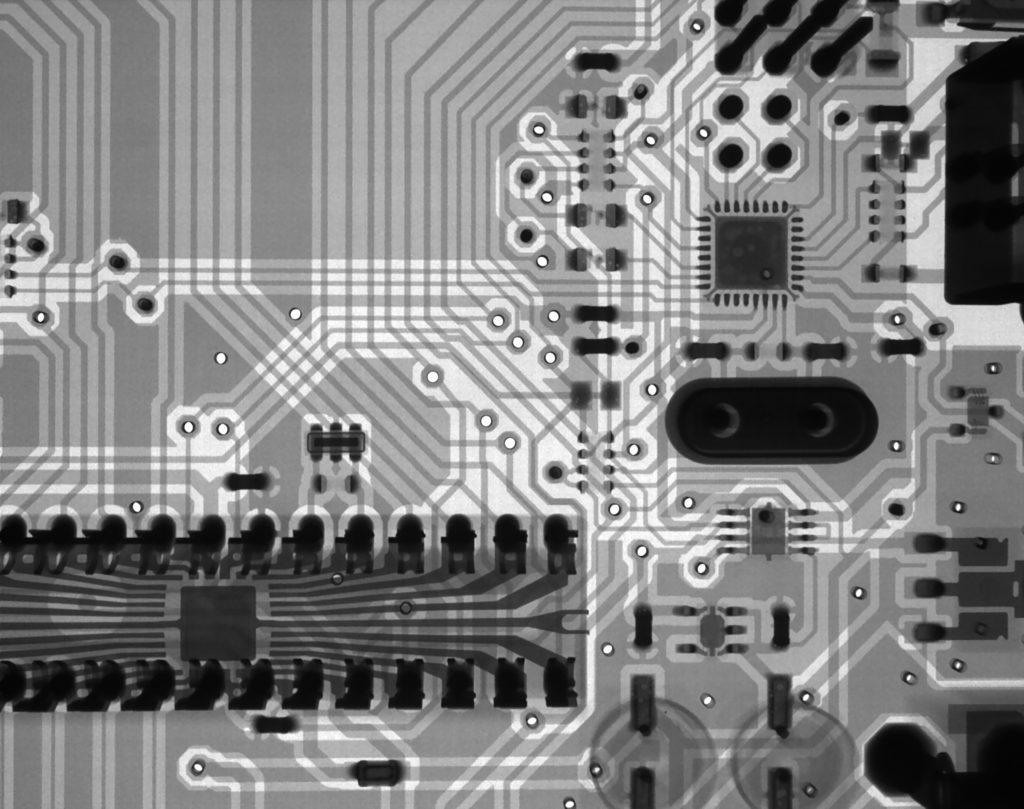THE REASONS FOR SEMICONDUCTOR MANUFACTURING AUTOMATION
Automation is part of all advanced manufacturing industries. As the computing world has progressed, the high-tech software-hardware interaction now allows manufacturers all over the world to make the most of automation techniques to accurately run their production line.
Semiconductor manufacturing is one such industry, which has taken advantage of automation for a long time and during this course has deployed several automated techniques to minimize errors. Given the time, cost, and resources required to manufacture semiconductor products, it is inevitable that automation is required to develop semiconductors.
There are several ways in which automation is deployed to manufacture error-free semiconductor products. This ranges from utilizing software to keep track of different production activities to highly advance equipment that finishes the task with a click of a button. All these automated processes have taken a very long time to perfect and semiconductor manufacturing on itself has also invented many techniques to ensure there are no gaps in their manufacturing process.
Apart from utilizing automation to ensure that the semiconductor production line is up and running 24×7, there are several other key factors that drive the need for automation in the semiconductor industry.
Defect: The semiconductor fabrication process goes through several process steps, and with shrinking transistor size, the complexity to fabricate advanced products is increasing. Automation plays a critical role in the fabrication of defect-free products. Defect-free production demands utilizing advanced equipment which can capture optical images to alert the engineering team about unexpected features. Software (loaded with different algorithms) and hardware (equipment loaded with high-end image sensors) are keys to driving defect-free wafer fabrication. The same applies to testing and assembly.
Data: Semiconductor data is crucial in ensuring that the product is meeting its required specifications. Capturing semiconductor data is half the job done. Post-processing and analysis are vital steps, which demand utilizing either automated data analysis solutions or tools that engineers can use to efficiently screen the data. In the end, data analysis is automation (capturing, storing, visualizing, etc.) driven and can efficiently allow the elimination of bad parts from the production line.
Testing: Testing of semiconductor products can take place at several key stages. All these stages often require different types of equipment to test and collect the semiconductor data. Such activities are automated so that the equipment can interact with the silicon wafers or assembled products without human interference. This is one of the major reasons why automated test equipment has become a critical part of post-silicon activities.
Variation: Analyzing optical data of every semiconductor data is crucial. High-speed devices are utilized to capture images that can find anomalies with the fabricated product. There are also dedicated automated tools that can look inside the devices to find any variation in the fabrication process that can cause the product to fail. Capturing such or any other process-related information and analyzing it in the shortest time possible is crucial in ensuring the end product meets the customer requirements.
Throughput: Ultimately, the goal of semiconductor manufacturing is to ensure that the semiconductor production line is 100% occupied day in and day out. That is only possible if there are tools, equipment, and data processing systems that can take decisions without delay, which requires investing in equipment apart from the software solutions that enable high throughput. As the back-end activities (fabricating, testing, or assembling) are becoming costlier, fully utilizing semiconductor manufacturing capacity is the need of the hour, which eventually drives the revenue.
As the world moves towards newer semiconductor manufacturing capacity, the need for automation will only grow, which presents a unique opportunity for both the software and equipment vendors to deploy new solutions.
The automation market for semiconductor manufacturing will keep growing along with the growth in the semiconductor market and the need for new semiconductor fabrication, testing, and assembling facilities. In the next few years, several semiconductor manufacturing houses are also going to upgrade their facilities. All these presents new opportunities to drive automation within the semiconductor manufacturing industry.
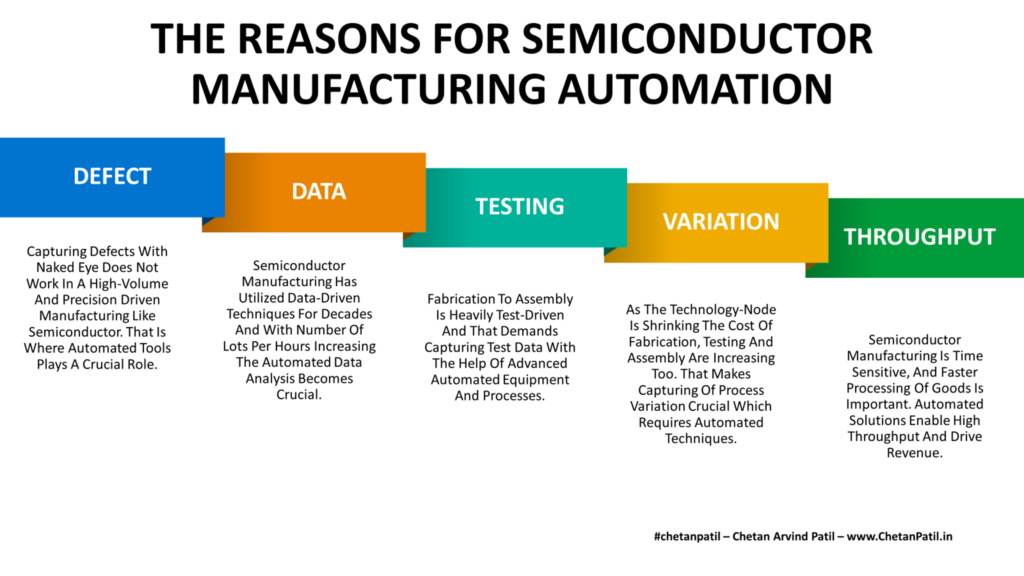

THE ROADMAP OF NEXT-GEN SEMICONDUCTOR MANUFACTURING AUTOMATION
Semiconductor manufacturing utilizes the most advanced manufacturing processes in the world. The technology required to drive these processes needs to be automated and flawless and is the primary reason why semiconductor manufacturing has embraced automation since its inception.
Over the last few decades, these basic to advanced automated (handling material, moving material, fabricating, testing and assembly, etc.) have seen a lot of improvements and have played a key role in minimizing the Defective Parts Per Million (DPPM).
The increasing share of the semiconductor market (mainly in critical areas like aerospace, automotive, wireless communication, etc.) will increase the rate of semiconductor fabrication, testing, and assembly. This is the primary reason why the semiconductor industry’s new benchmark for defectivity rate is Defective Parts Per Billion (DPPB), to ensure that the manufacturing process leads to a minimum to zero waste.
Achieving such a goal is not an easy task and requires bringing different solutions to drive next-gen semiconductor manufacturing automation. There are several advanced techniques that can be deployed to ensure the DPPB is lower than ever, and utilizing automation is key, but it also demands a new approach towards semiconductor manufacturing automation.
Adoption: As the newer devices and semiconductor processes get deployed, semiconductor manufacturing houses will have to adopt new techniques that can adopt a new data-driven approach to drive the development of next-gen devices. It can be from learning the behavior of the device at every process step to how the testing/validation phase affects the semiconductor product based on the fabrication technology and assembly process used.
Inspection: As the semiconductor world moves towards 2nm technology-node and beyond, the importance of visually analyzing the devices during every stage of the manufacturing process will be crucial. Doing so requires a highly sophisticated and high-speed instrument that can capture the internal details on the go apart from simultaneously processing the information in a user-friendly manner. While such techniques are already available in the majority of the high-end semiconductor manufacturing facilities, the need to handle a new type of device will mean upgrading the majority of the equipment and software solutions to meet next-gen requirements.
Equipment: Semiconductor manufacturing equipment is already highly automated and can perform tasks with minimal human interference. However, all the equipment still requires human support (issues with the process steps to fabrication mistakes) apart from regular maintenance. Shortly semiconductor equipment (lithography to etch) will need to get equipped with features that can capture deviation in the process step and thus alerting the production line before more bad parts get fabricated in the subsequent process.
Comparison: Data capturing and analysis are already part of semiconductor manufacturing. The critical step the semiconductor manufacturing process needs to march towards is a faster and accurate comparison of new, old and relevant data. It can ensure that the semiconductor product getting fabricated does not have any characteristics that were in any other product/data that caused failure in the field. Such techniques can take the automated analysis in semiconductor manufacturing to the next level and thus can lower the failure rate.
Human: Semiconductor manufacturing is already highly advanced, and as more new facilities come up around the globe, new automated techniques will get deployed. It can range from analytics tools to data-driven equipment. In the end, whichever way the semiconductor manufacturing automation goes, the talent (human resource) required to drive these solutions will be the key. To enable a new level of automation, semiconductor manufacturing will require highly trained human resources that can utilize advanced solutions to drive the automated world of semiconductor manufacturing.
In the next five years, the worldwide semiconductor manufacturing capacity will increase by 10-20%. All these new (and upgrading older facilities) will require techniques to achieve the lower defectivity and failure rate. It will be possible with the help of automation techniques that can remove the error before they appear. These solutions are already present but will have to get adopted for future devices, technology-node, and assembly processes.
The semiconductor manufacturing automation presents a new opportunity to both established and emerging companies providing automation solutions, and all these new solutions will improve the throughput of worldwide installed capacity.
